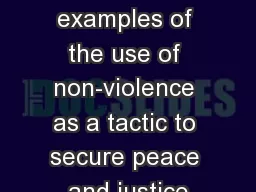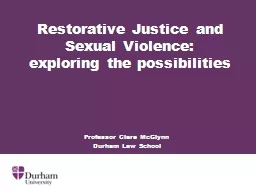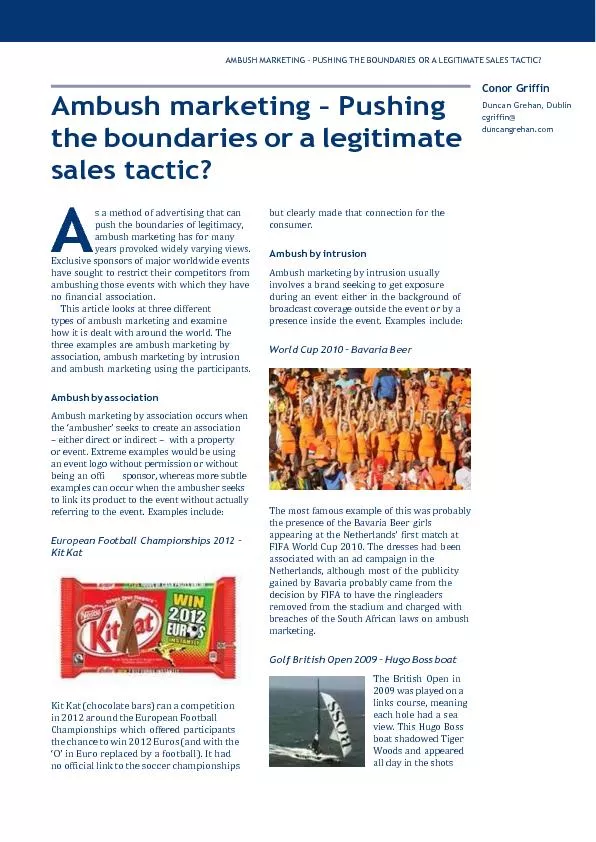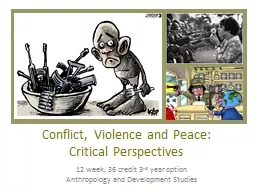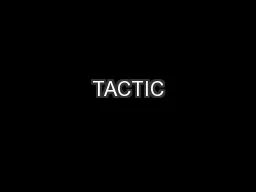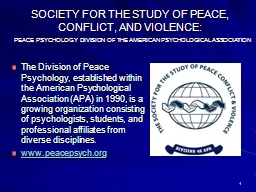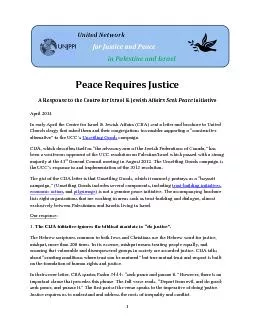PPT-A Force More Powerful 8 examples of the use of non-violence as a tactic to secure peace
Author : giovanna-bartolotta | Published Date : 2018-10-25
Successful Violent Action to Secure Justice American Revolution 1777 independence The Civil War 18611865 end of slavery Mexican Revolution overthrow of Porfiriato
Presentation Embed Code
Download Presentation
Download Presentation The PPT/PDF document "A Force More Powerful 8 examples of the ..." is the property of its rightful owner. Permission is granted to download and print the materials on this website for personal, non-commercial use only, and to display it on your personal computer provided you do not modify the materials and that you retain all copyright notices contained in the materials. By downloading content from our website, you accept the terms of this agreement.
A Force More Powerful 8 examples of the use of non-violence as a tactic to secure peace: Transcript
Download Rules Of Document
"A Force More Powerful 8 examples of the use of non-violence as a tactic to secure peace"The content belongs to its owner. You may download and print it for personal use, without modification, and keep all copyright notices. By downloading, you agree to these terms.
Related Documents

